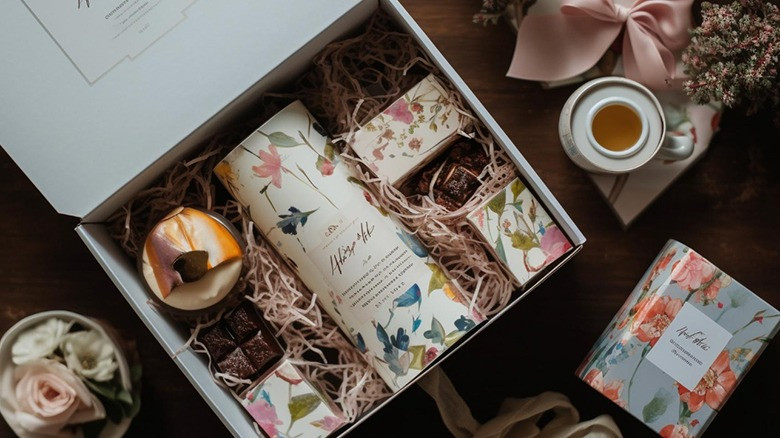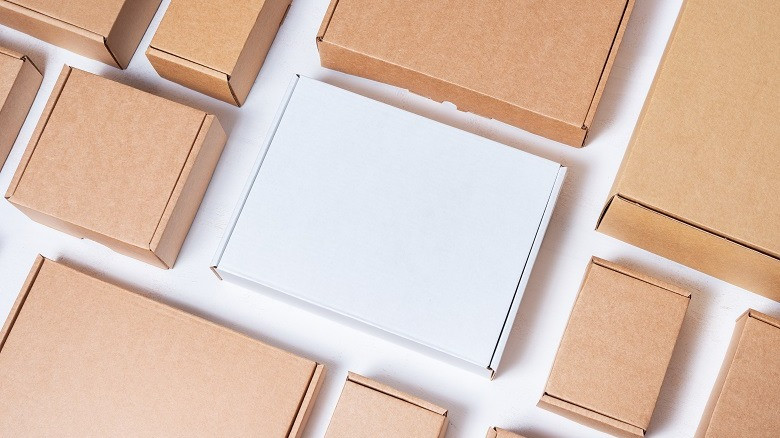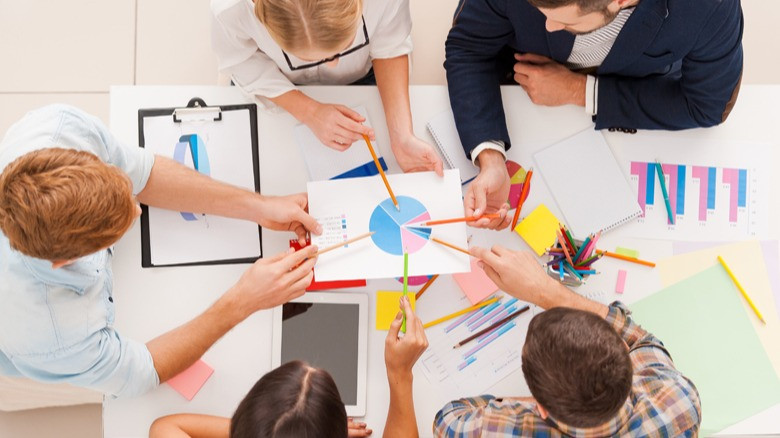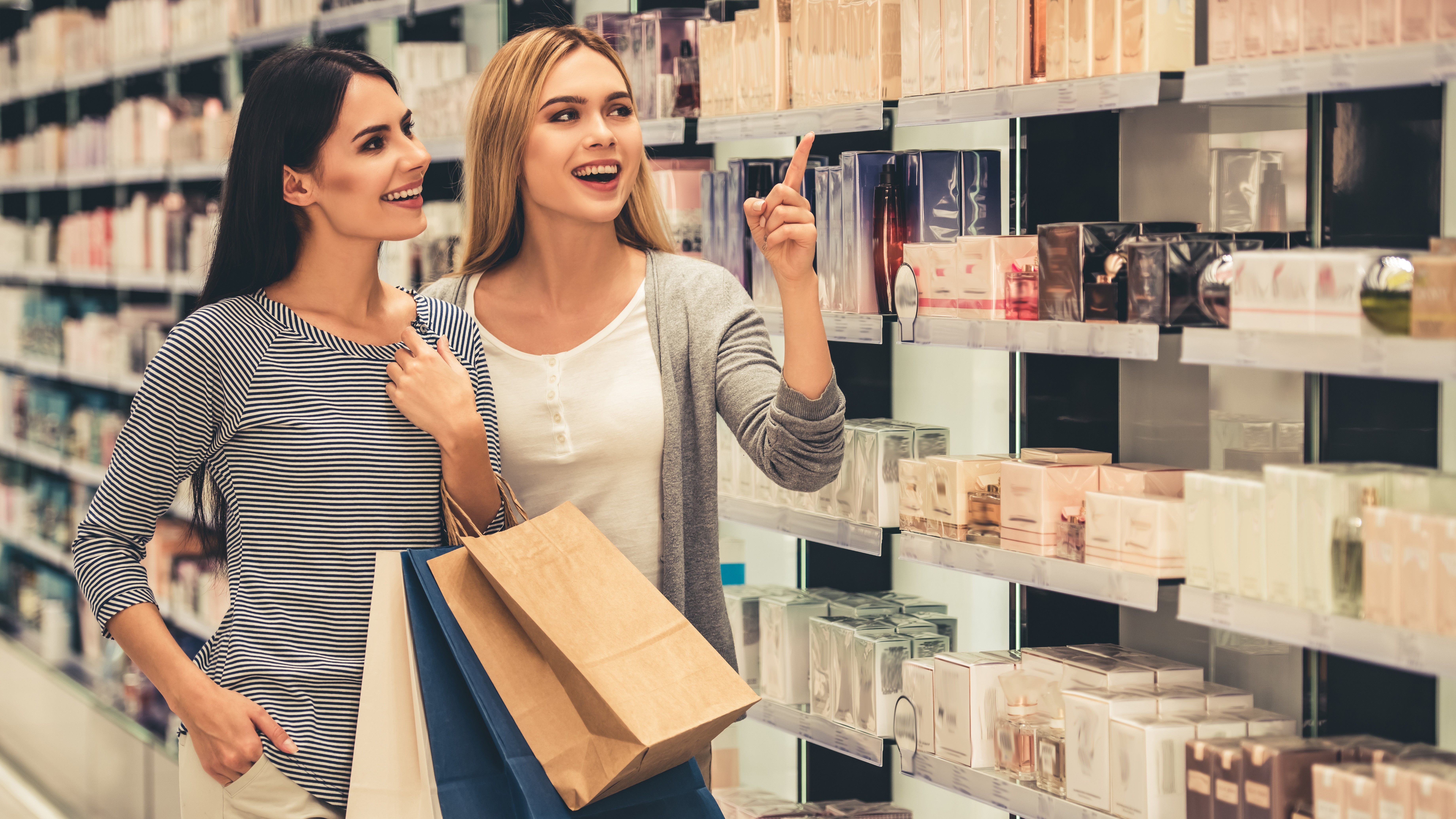The psychological impact of packaging on consumer choices
Some businesses consider packaging design as an additional expense in their annual budget. Others recognize it as an excellent opportunity that can ultimately benefit their finances. If you find yourself among the entrepreneurs who have second thoughts about the influence of packaging on consumer preferences, psychology has the answer. Packaging design seems to affect the subconscious of individuals and shapes their buying behavior even when they have no intention of making a purchase.
Research studies that delve into the combination of psychology and packaging provide valuable information for consumers, highlighting the tendency of people to make purchases based on emotions rather than logic. These studies reveal that packaging conveying a sense of pleasure or satisfaction attracts more consumer attention compared to packaging that simply lists the product features. Studies can delve even deeper into consumer behavior, showing the tendency of people to focus mainly on the upper left part of the packaging compared to other areas.
Here are 5 + 1 interesting statistics about packaging that you should know:
1. 30% of businesses report increased revenue after improving the packaging of their products (Packaging of the World).
2. 81% of consumers have tried something new because the packaging design caught their attention (WestRock).
3. 8 out of 10 consumers say that packaging design influences their preferences when thinking about buying a gift (Ipsos).
4. out of 10 consumers would be encouraged to make future orders from the same store if they received products in branded packaging (GWP Group).
5. 52% of consumers who make online purchases say they would prefer a store again if their order came in premium packaging (Business Insider).
6. 72% of consumers say that packaging influences their buying behavior (Paper and Packaging Board).
What are the key elements that influence people's psychology and drive them to make a purchase or choose one product over another? Next, we will delve into these elements with examples of factors that ultimately shape consumers' decisions.
- Color
Color is a powerful means of communication, creating emotions, conveying messages, and triggering reactions. Warm colors like red and orange tend to evoke feelings of excitement and activity, while cool colors like blue and green tend to evoke feelings of calmness and tranquility. Therefore, a clothing company targeting a younger audience might choose vibrant colors to create a sense of energy and youth. On the other hand, a food company targeting families might opt for more neutral colors to create a sense of trust and security. 85% of consumers say that color is the primary reason that prompts them to buy a product (Catalpha).
- Shape
The shape of packaging stimulates consumers' visual stimuli, and they quickly form an image of the product. Packaging with strict lines, such as square and rectangular shapes, is often associated with practicality, durability, stability, and reliability. It is ideal for products that require storage and is functional for transportation. Cylindrical packaging is synonymous with luxury, quality, aesthetics, and elegance, making it ideal for beauty/cosmetic products and beverages.
- Typography
The shape, weight, proportions, and spacing in fonts subconsciously convey different interpretations of products. For example, serif fonts bring associations of tradition, elegance, or reliability and are used in products of classic value. On the contrary, sans-serif fonts stand out for their clean, modern, and minimalist aesthetics. They are used by brands that want to highlight a sense of innovation, often by companies with technological products or those targeting a younger audience.
- Materials
Every material you choose for your packaging sends different messages about your products and brand. Cardboard or packaging with glossy finishes and textured surfaces usually indicate excellent quality and high durability, while plastic is mainly synonymous with convenience and economy. Cardboard packaging or packaging made from alternative raw materials, such as plant-based materials, highlight the brand's green identity, making the product more natural, authentic, and human and environmentally friendly.
The combination of all these elements ultimately shapes consumers' perception of the brand and products. Companies that recognize their power leverage them during packaging design to convey the 'emotional' message they seek to consumers and establish long-lasting bonds. Undoubtedly, a product's packaging creates associative references to the consumer, strengthens the customer-brand relationship, and creates lasting bonds.
Are you ready to upgrade your company's packaging? Contact us to find a solution that meets your specific needs and requirements."






